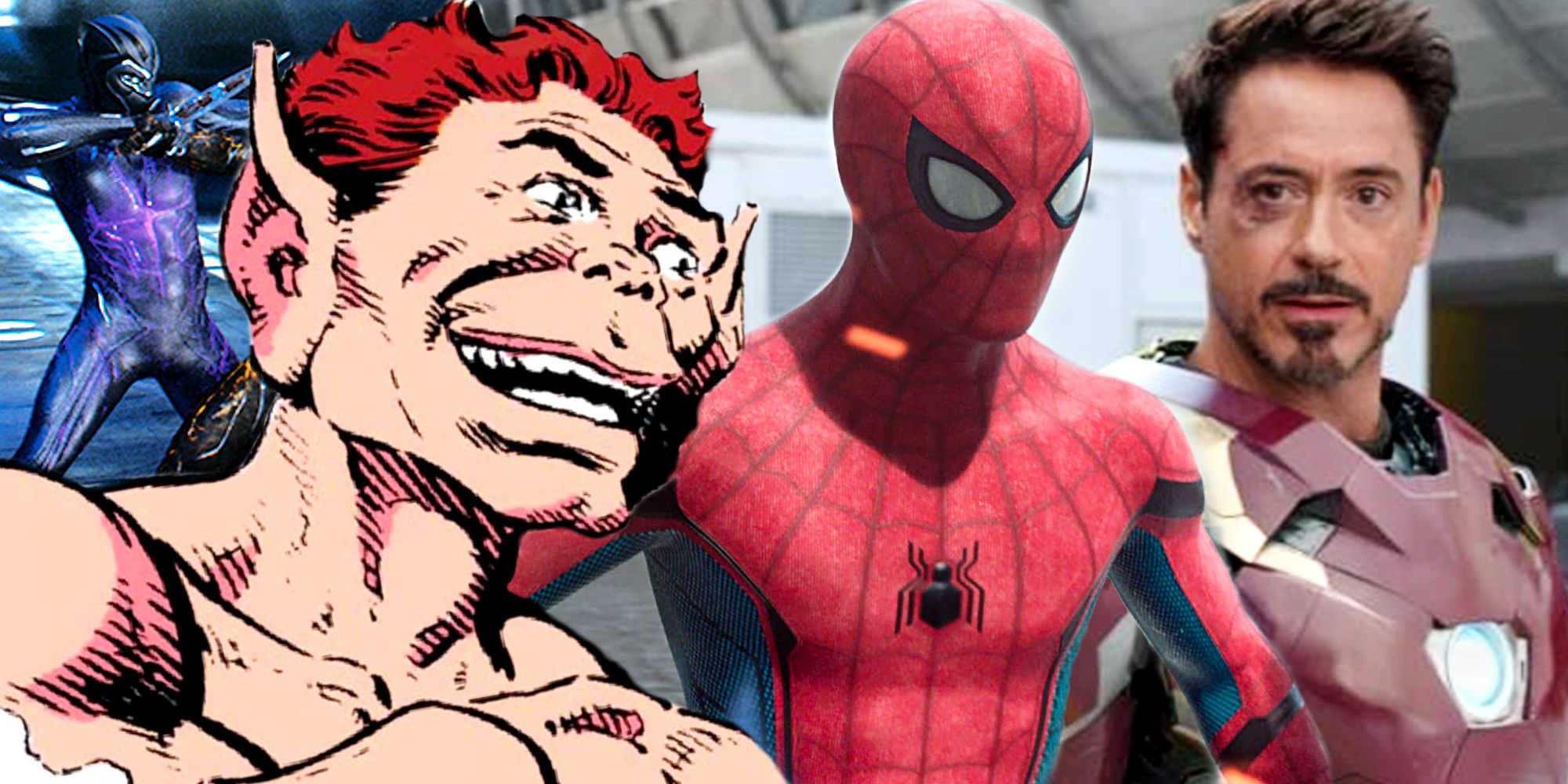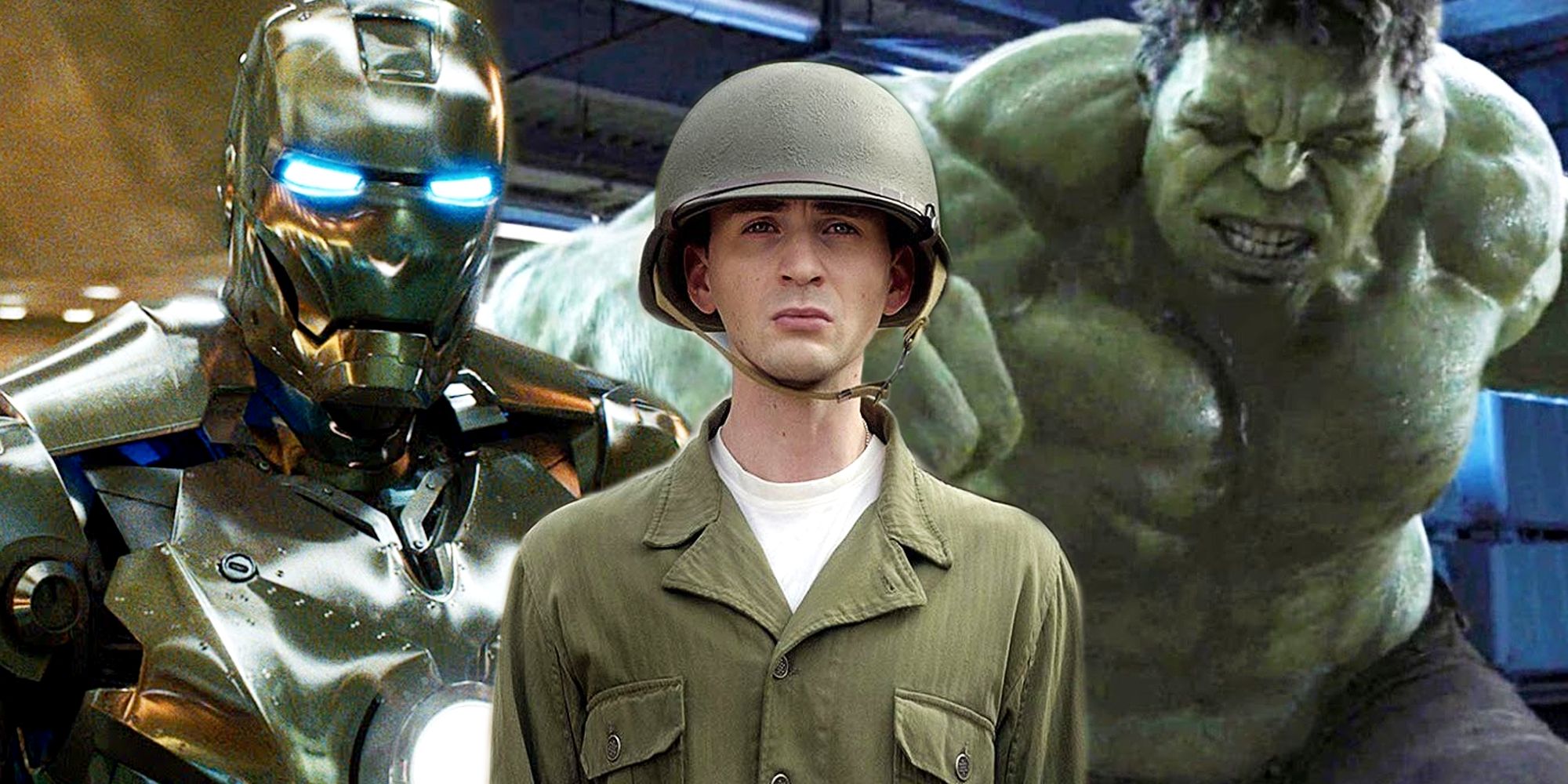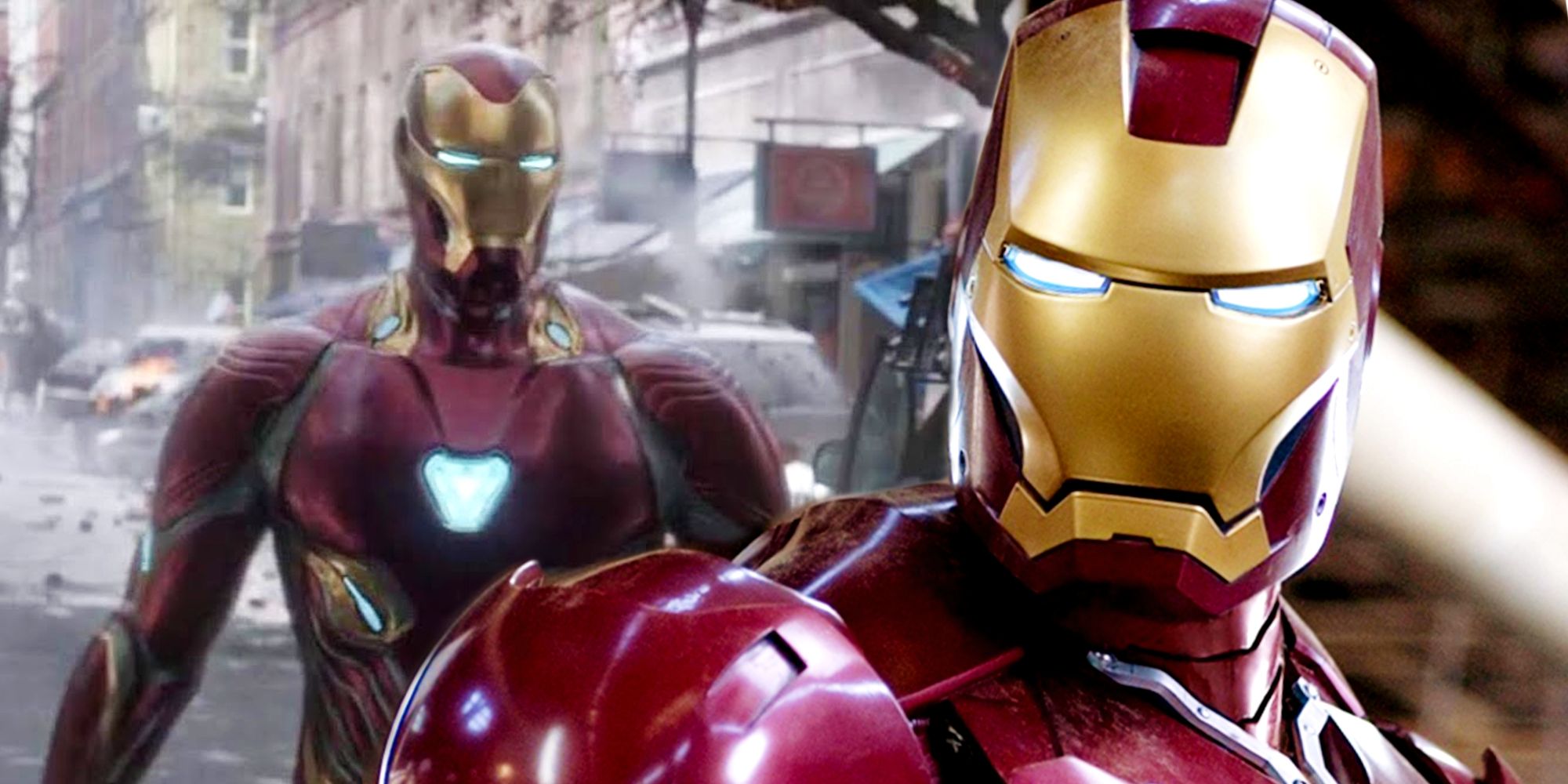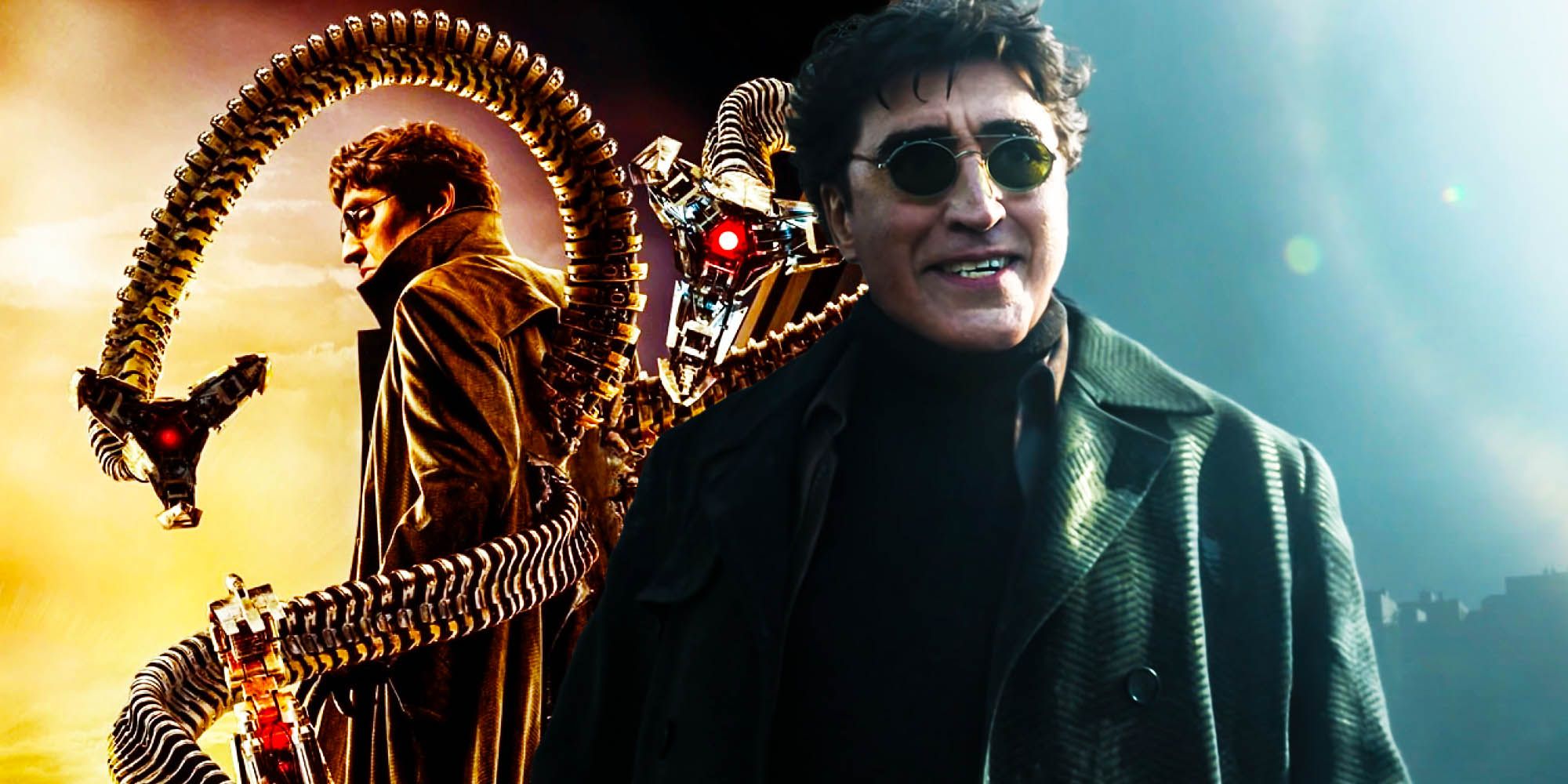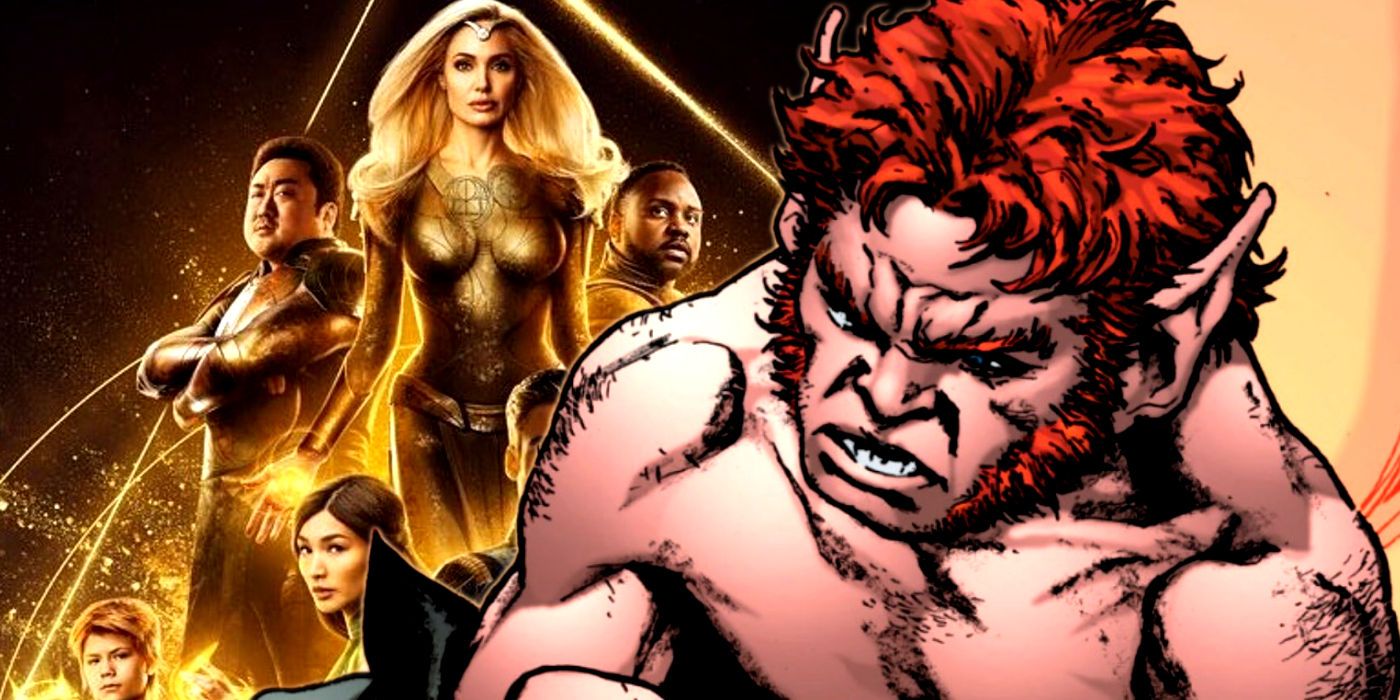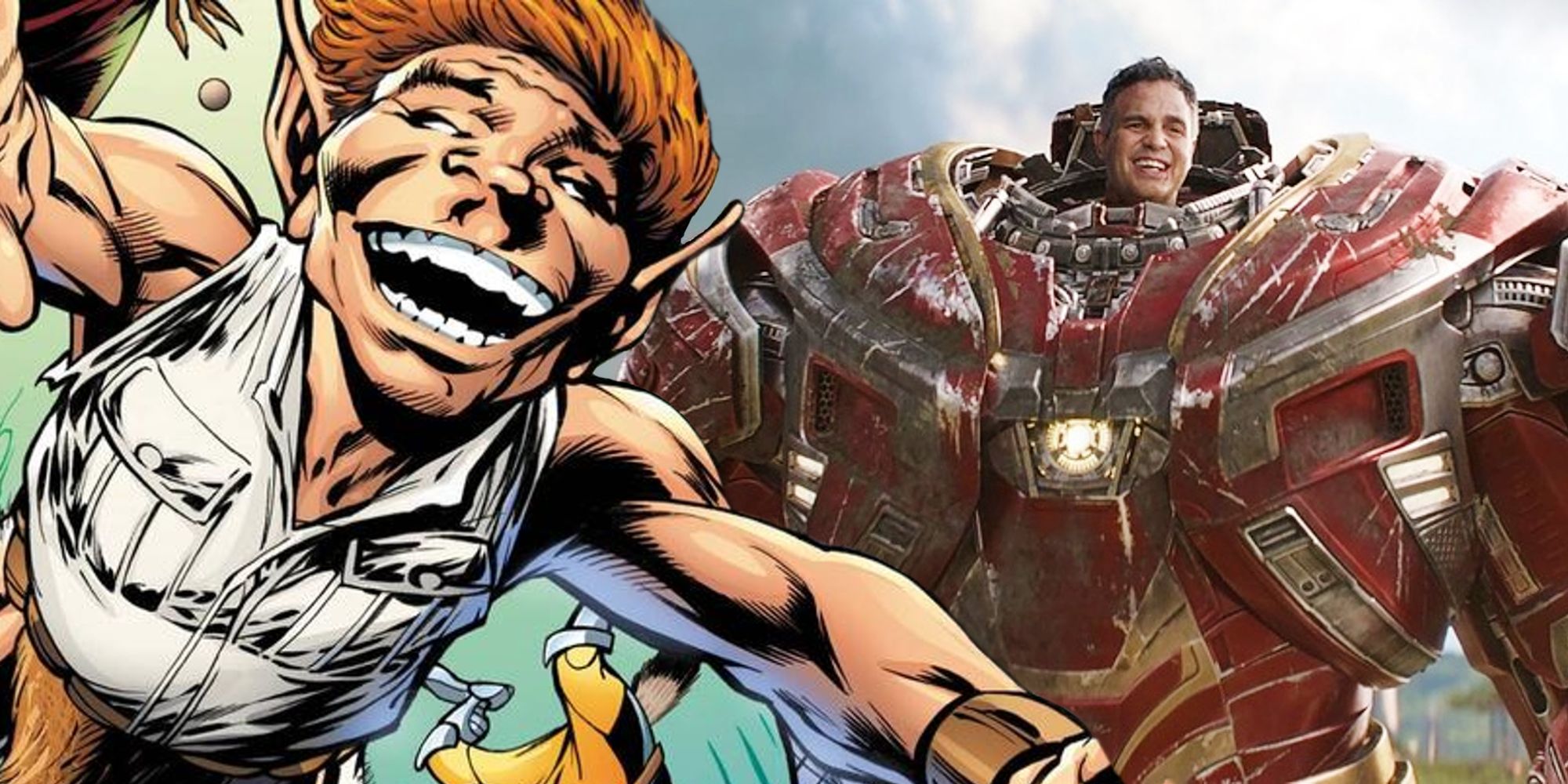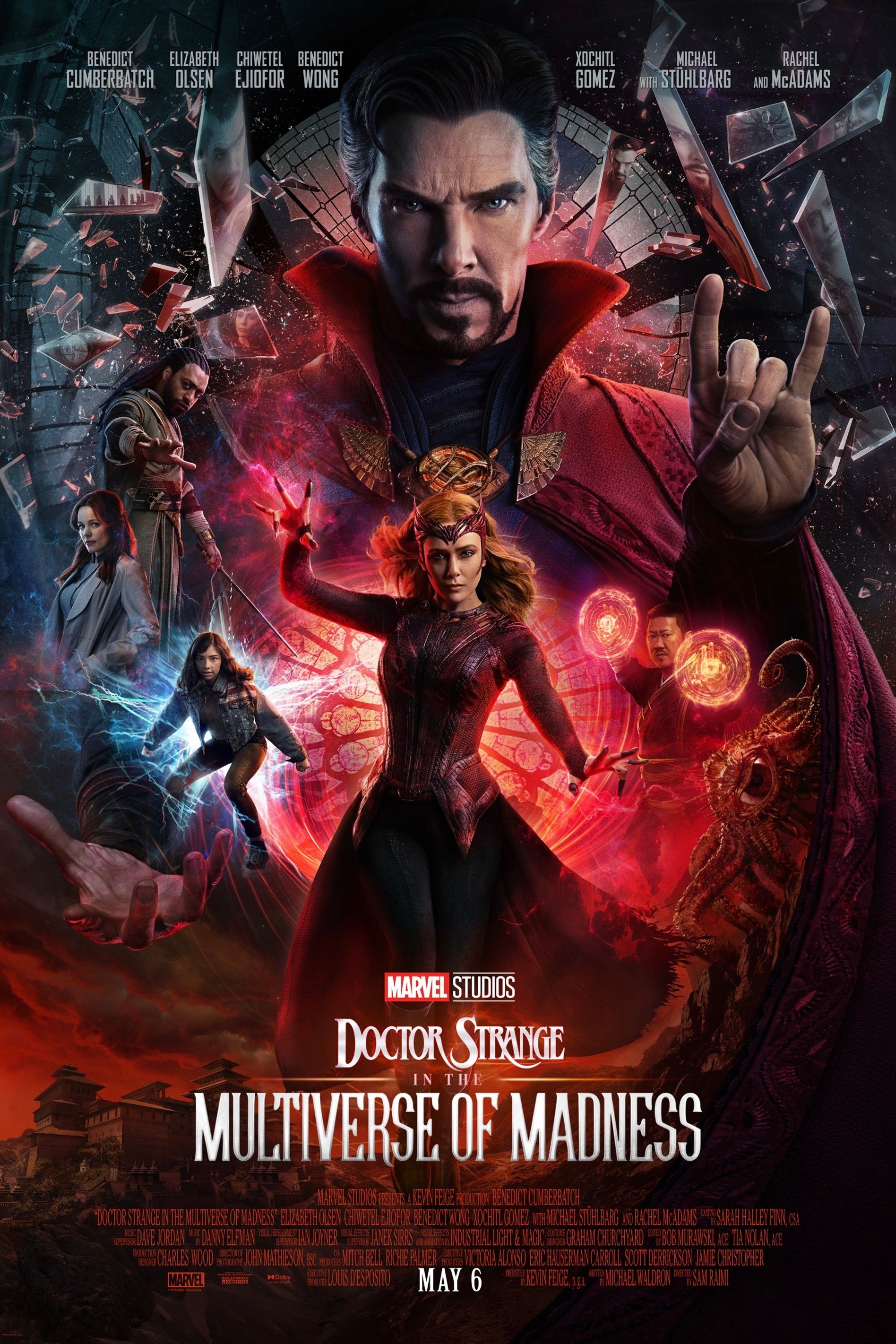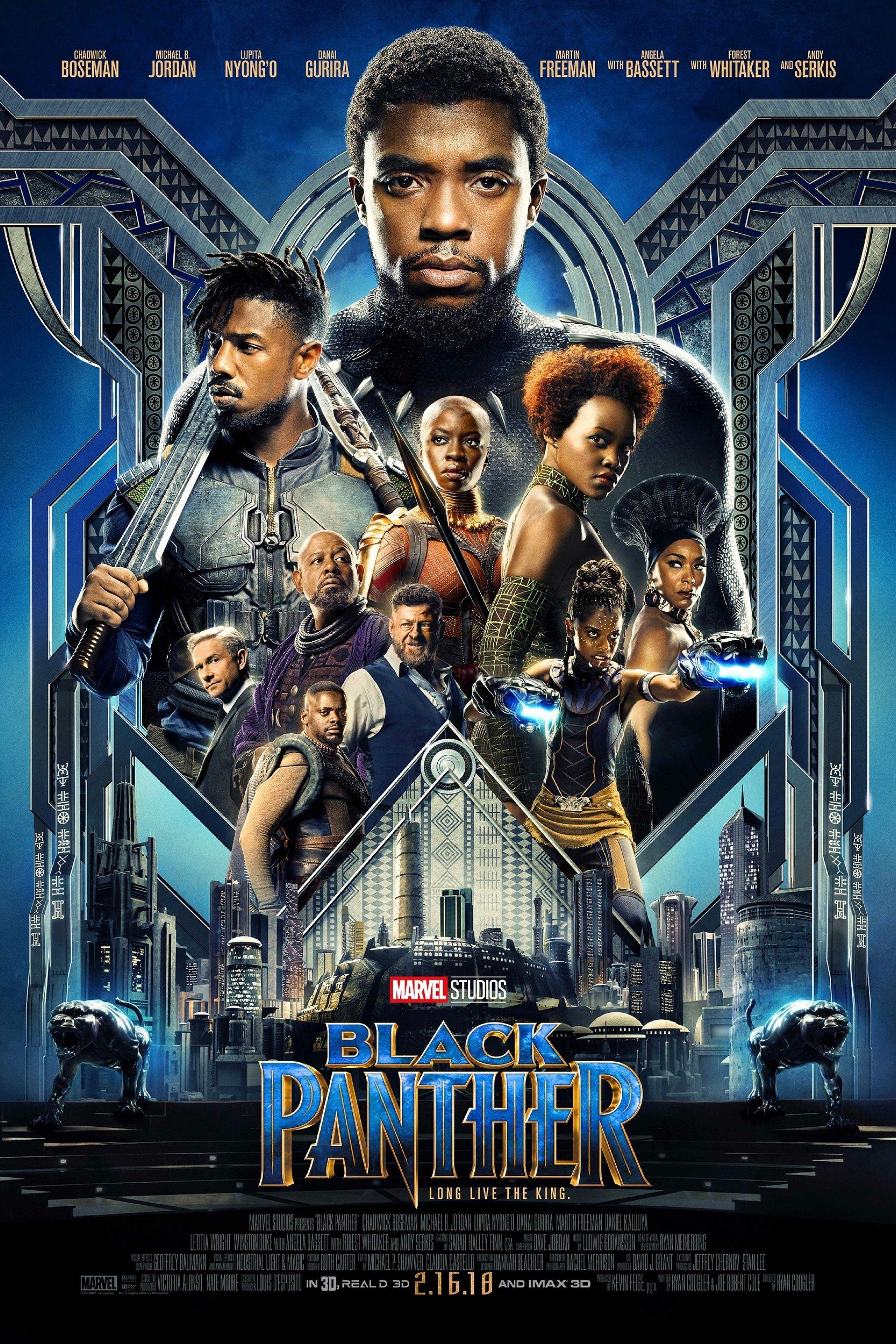Pip the Troll's cameo in the post-credits scene of Eternals proves that even though the MCU is well into Phase 4 already, the franchise still has considerable flaws when it comes to CGI and VFX. Coming from indie director Chloé Zhao, Eternals is a breath of fresh air to the MCU. The introduction of the Eternals takes a more personal approach to some of the most powerful characters in all of the Marvel Cinematic Universe, and although their biggest conflict comes from their refusal to fulfill their imposed destiny, their greatest battle so far is still filled with stunning visuals and top-notch visual effects.
However, among the otherwise picture perfect (and practical) locations and costumes, and among all the Eternals' dazzling displays of superpowers, the surprise appearance of Pip the Troll in the first Eternals post-credits scene stands out as an evident visual downgrade. The cosmic Marvel character, voiced by Patton Oswalt, stumbles into the Domo like a weightless puppet. None of the textures in his skin, hair, or clothes match with the rest of the set, and his expressions seem too rubbery to exist in the same realm as Starfox and the Eternals aboard the ship.
Pip the Troll is a difficult character to translate into live-action. There are only a few ways a drunken, teleporting troll from outer space can materialize out of nowhere without being jarring, especially after two hours and 37 minutes of Phase 4's most contemplative movie so far. However, the inconsistencies in Pip the Troll's CGI are still proof that the MCU isn't impervious to mistakes. Here's an overview of the MCU's issues with CGI.
Phase 1's Effects Were Mostly Great
The MCU's Phase 1 movies are nowhere near as massive in scope as any installment of the Infinity Saga's Phase 3, but that by no means makes them low-quality in any way. In fact, the VFX work that went into assembling the Avengers for the first time remains unbeaten by many of Marvel's latest releases. Part of Iron Man's monumental success comes from the breathtaking depiction of Tony Stark's Iron Man armors. The first seven Iron Man suits look solid, tough, bulky, and imperfect enough to look real to the human eye. Similarly, the maligned The Incredible Hulk was the first time a live-action Hulk's skin was a realistic shade of green, while Thor cemented the success of Kevin Feige's MCU plans by introducing audiences to a purely fantastical, yet believable live-action version of Asgard and its larger-than-life gods.
Captain America: The First Avenger once again grounded Marvel in reality, managing to feature Chris Evans' transformation from a sickly kid into a superhero at the peak of human physique — all done with the magic of groundbreaking VFX and carefully planned cinematography. All of these characters, despite being so different from one another, finally came together in The Avengers, where their fight to save Earth from Loki and an entire army of aliens not only felt real but also set the stage for dozens of very different characters like "aliens, androids, and wizards" who would all belong within the same franchise. Although the Marvel Cinematic Universe needed immense amounts of planning, improvisation, and faith to succeed the way it did, top-notch visual effects were also one of the strongest foundations for its success.
Why Marvel Uses More CG Now Than In Early Movies
The unstoppable growth of the Marvel Cinematic Universe has paved the way for stories that would have sounded like a fever dream just 15 years ago. Huge events like Avengers: Endgame and Spider-Man: No Way Home seem ripped straight from the comics, with entire armies of superheroes coming together from different franchises and different dimensions. While Jon Favreau's Iron Man could've devoted large amounts of its budget and manpower to perfecting all the nooks and crannies in the Iron Man suits, Avengers: Infinity War had to distribute the VFX work more wisely. Hence, Thanos became a huge achievement, while the Iron Man Mark 50 armor and the Hulkbuster, which fans were already acquainted with, took a back seat in the CGI department.
The scale of the MCU is simply too big to guarantee that every single VFX shot is perfect. CGI is still impressive in every movie, but budget and time can only be stretched so far. Besides, Doctor Strange's powers are more likely to look believable than Spider-Man's Iron Spider suit, because people are more used to seeing metal and fabric than magical energy. Audiences can typically spot more inconsistencies in objects and living beings that they're familiar with than those we have no real-world reference of. For instance, in Spider-Man: Homecoming, Spider-Man's classical suit was so unblemished that it stopped looking like it was made out of real-world materials. Regardless of how futuristic Iron Man's technology is, any fabric-like material is bound to have creases and folds.
Spider-Man: No Way Home's CG Use Instead of Practical Is A Problem
There are other advantages to using CGI for most, if not all, onscreen elements. Directors and VFX artists can change anything in each frame at any time if they need to correct continuity problems, visual flaws, or the script itself — not to mention that during filming, any issues with wardrobe, lights, cameras, or practical effects can completely ruin the footage and cause delays in production. Considering the scale of the movie, Sam Raimi could easily film Doctor Octopus' mechanical tentacles with practical effects in Spider-Man 2 and make sure they moved perfectly in each shot, as the director didn't need to add Spider-Man's nanotech suit, Green Goblin, Electro, Lizard, Sandman, Doctor Strange, and — possibly — Tobey Maguire and Andrew Garfield into the mix as well.
However, there comes a point where there are so many CGI elements onscreen at the same time that a movie risks crossing the line into animation. As much as CGI has advanced, Doc Ock's tentacles will rarely have the same tiny imperfections in movement and material that made them look so real in Spider-Man 2. This is something that applies to every character in Spider-Man: No Way Home, especially when it comes to the characters from Sam Raimi's Spider-Man trilogy, as fans have already grown attached to how they looked with the unparalleled grit of practical effects.
Why Pip's CGI In Eternals' Credits Scene Is So Bad
Pip the Troll's unnerving look in Eternals is perhaps due to his lack of real-world equivalent — not in the sense of having real-life counterparts, but rather in having cartoonish skin, hair, clothes, and movements. As bizarre as fictional characters can become, if they exist alongside other flesh-and-blood characters, they should also respect the rules of their environment. However, if they only come close, they run the risk of falling into "uncanny valley" territory, where they are not cartoonish enough to look charming and not realistic enough to look serious. Pip the Troll's next appearance needs to decide whether to go the "Miss Minutes" route and clash willfully with the real world, or ground the character much more to make him resemble characters like Guardians of the Galaxy's Rocket Raccoon and Groot, who are definitely not intended to be real-world creatures but still look like they could be.
Pip The Troll Means Marvel Is Learning Nothing
After the breathtaking CGI used to bring Thanos to life in Avengers: Infinity War and de-age Samuel Jackson's Nick Fury for a whole movie in Captain Marvel, fans are reasonably expecting the MCU to keep stepping up its VFX game with every new release. Yet, huge flaws keep showing up in the same movies that feature the best visuals. Without a doubt, VFX artists are doing their best. After all, the best CGI is the one you don't see, and many of the shots that are usually praised for being filmed with practical effects turn out to be completely made with CGI. Unfortunately, the ever-growing scale of the MCU is simply too relentless for anybody to be able to keep up.
By the next Avengers MCU crossover event, there may be so many extravagant characters that there won't be many real-world references to compare them with. Concepts like nanotech and magic could look just like they would in real life, but since nobody has seen them with their own eyes, they'd still feel like they don't belong alongside other objects that we already understand. Perhaps it would be wise to balance out the designs at the concept stage. Perhaps Pip the Troll could be played by a real actor on-set, and his most extravagant features could be enhanced in post-production. If his next appearance after Eternals is a full-blown 3D-animated comedy with Howard the Duck and Cosmo as supporting characters, there might even be no need to ground him in reality too much.

